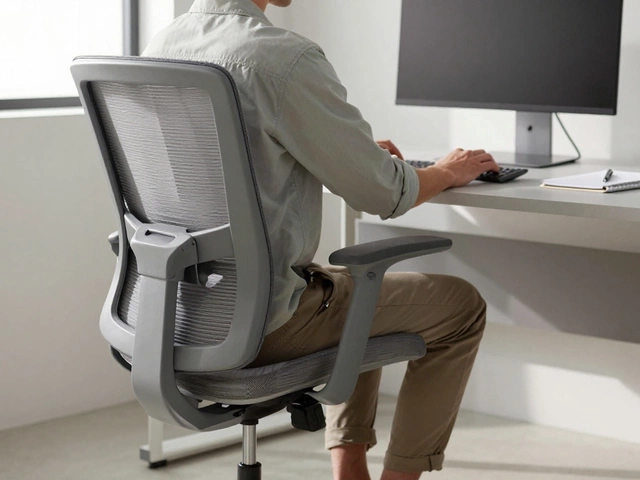Old Houses – Practical Tips, Design Ideas and Easy Upgrades
If you own an old house, you know the mix of character and quirks that comes with age. You might love the high ceilings, original woodwork or a period‑era fireplace, but you also face issues like drafty windows, uneven floors or outdated storage. On this page we pull together the most useful advice from our blog posts so you can keep the charm while adding the comfort you need.
Why Old Houses Need Special Care
Older homes were built with materials and methods that differ from today’s standards. That means a single plaster wall can hide cracks that spread over time, and a wooden wardrobe may be more prone to warping in cold winters. Understanding these differences helps you decide when to repair and when to replace. For example, our guide on "How Cold Is Too Cold for Furniture?" shows which pieces need extra protection during harsh East Yorkshire winters.
Another common challenge is finding the right terminology for storage. In a Victorian‑style house, you might call a built‑in closet an “armoire” rather than a modern “wardrobe.” Our article "What Is the American Equivalent of ‘Wardrobe’?" breaks down the names so you can shop confidently, whether you’re ordering a custom piece or hunting at a second‑hand store.
Best Ways to Blend Modern Comfort with Vintage Charm
Start with the basics: seal gaps around windows and doors. A simple brush seal or weather‑strip can cut drafts without altering the original look. Next, think about flooring. If you love the creaky hardwood, consider sanding only the most worn spots and applying a clear finish instead of a full replacement.
When it comes to furniture, mix old and new wisely. A classic oak chest can share space with a sleek, ergonomically designed office chair. Our "Office Chair Height: The Best Sitting Position for Comfort and Health" post explains how to set the chair so it doesn’t clash with the room’s proportions.
Lighting also makes a big difference. Swap outdated bulbs for LED versions that mimic the warm glow of antique lamps but use far less energy. Pair a pendant light with a vintage floor lamp for layers of light that feel both historic and contemporary.
Finally, think about storage solutions that respect the house’s character. Built‑in shelving can be painted in a muted tone that highlights the original wood grain. If you need more room, a custom wardrobe designed for narrow corridors can be a game‑changer. Our "Custom Bedroom Solutions" team can craft pieces that fit awkward spaces while keeping the aesthetic authentic.
Old houses offer a unique canvas. With a little know‑how and the right mix of preservation and upgrade, you can enjoy the best of both worlds – the story of the past and the comforts of today.
Why Don't Old Houses Have Closets? Surprising Reasons Behind the Missing Wardrobes
Ever opened the door to a charming old house and realized there’s nowhere to hang your clothes? This article digs into why closets are rare in historic homes, showing how lifestyles, building styles, and old-school thinking shaped storage space. We’ll look at clever fixes for closet-lacking homes and share a few things to watch out for if you want to add modern storage. If you love wardrobe organization, you’ll find some helpful tips and surprising facts here. Let’s bring some order to those old rooms.







